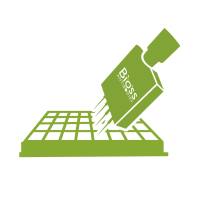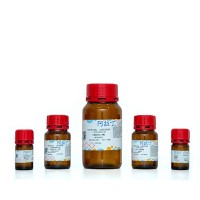One of the most common uses of flow cytometry is to analyze the cell cycle of mammalian cells. Flow cytometry can measure the deoxyribonucleic acid (DNA) content of individual cells at a rate of several thousand cells per second and thus conveniently reveals the distribution of cells through the cell cycle. The DNA-content distribution of a typical exponentially growing cell population is composed of two peaks (cells in G1/G0 and G2/M phases) and a valley of cells in S phase (
see Fig. 1 ). G2/M-phase cells have twice the amount of DNA as G1/G0-phase cells, and S-phase cells contain varying amounts of DNA between that found in G1 and G2 cells. Most flow-cytometric methods of cell cycle analysis cannot distinguish between G1 and G0 cells or G2 and M cells, so they are grouped together as G1/G0 and G2/M. However, there are flow-cytometric methods that can distinguish four or even all five cell cycle subpopulations: G0, G1, S, G2, and M (
1 –
3 ). Furthermore, each subpopulation can be quantified (
4 ). Obviously, flow cytometry with these unique features is irreplaceable for monitoring the cell cycle status and its regulation.
Fig. 1. A typical cell cycle distribution of DNA content. Based on DNA content in individual cells, a cell population in exponential growth status can be divided into three subpopulations: G1/G0, S, and G2/M.






